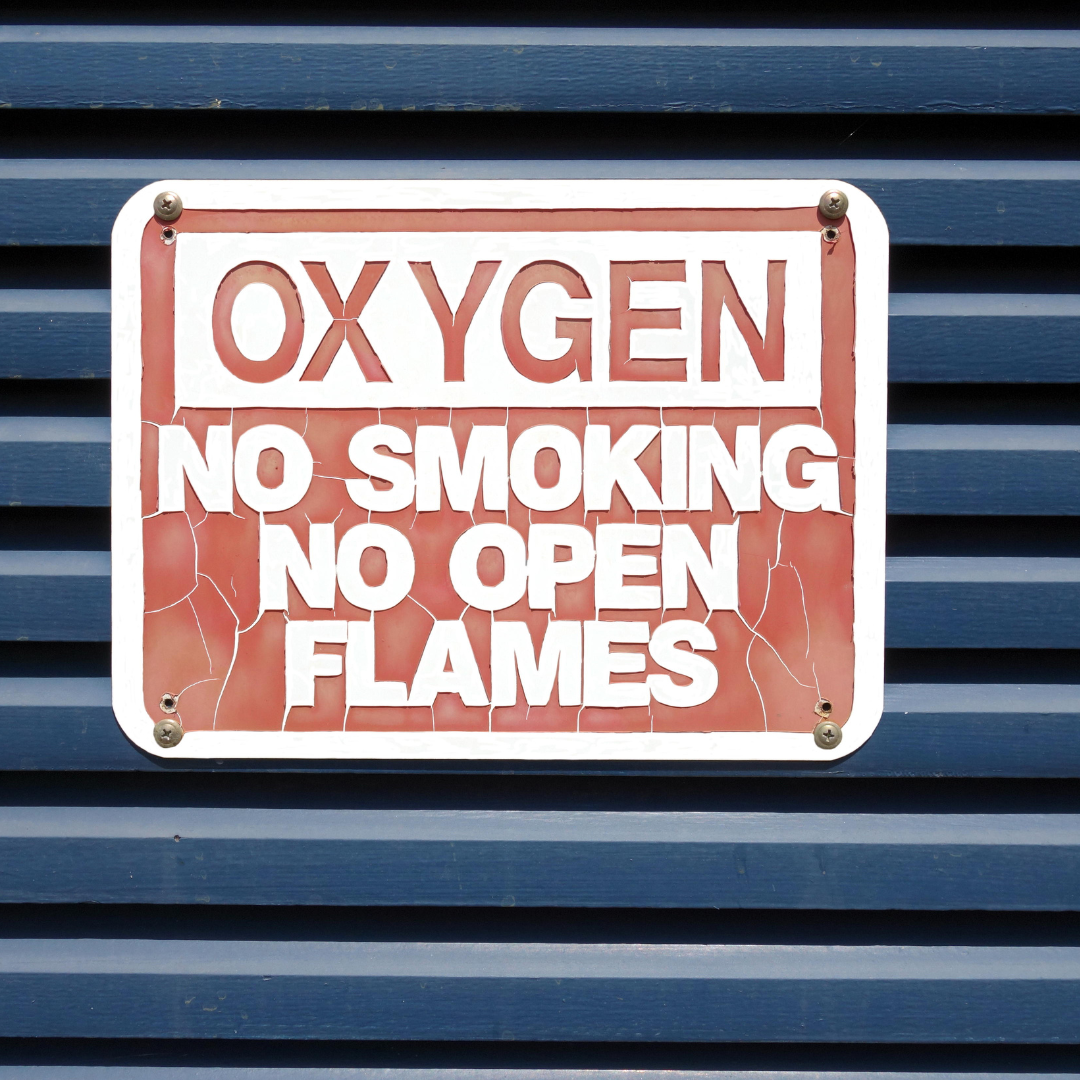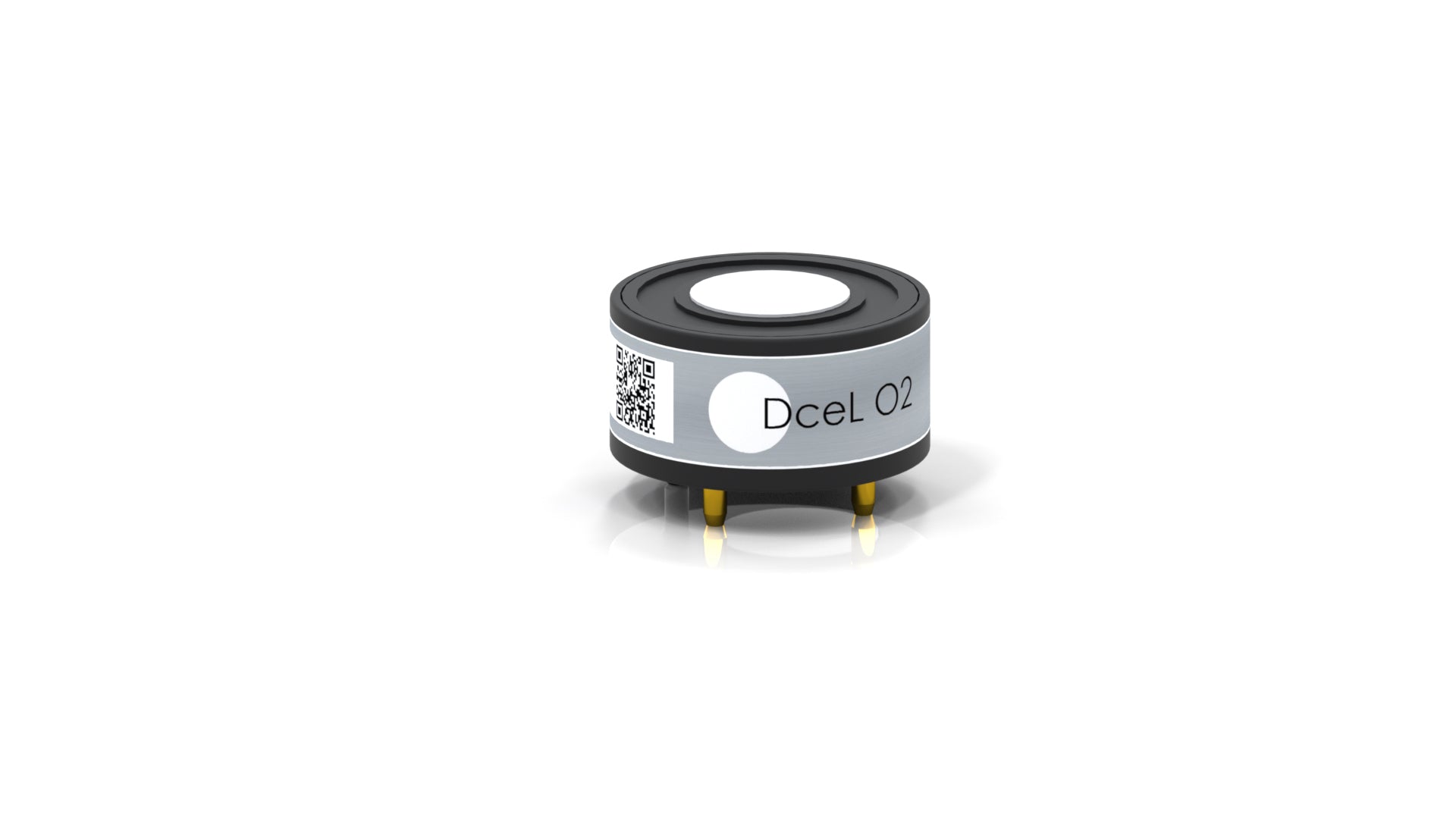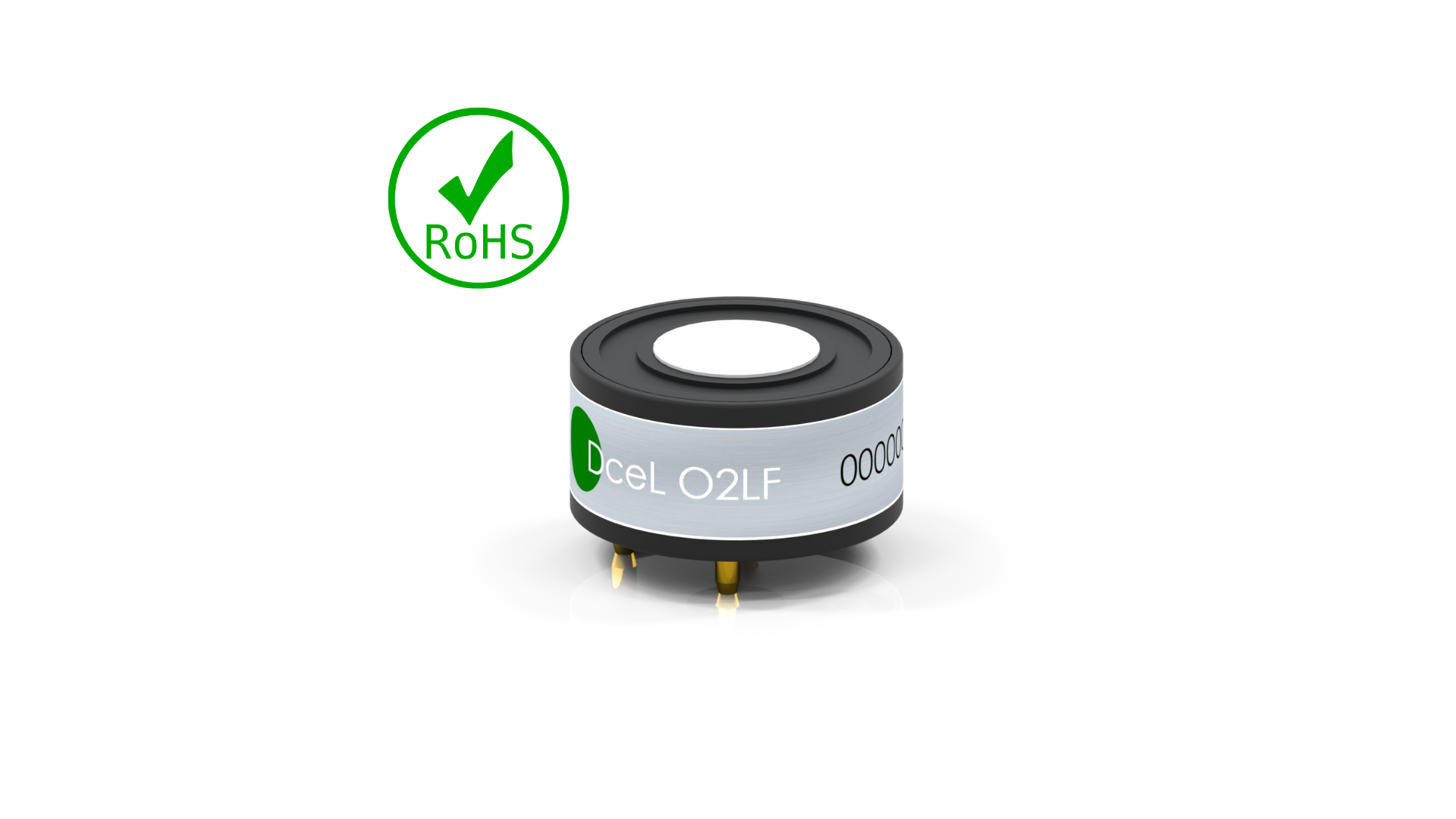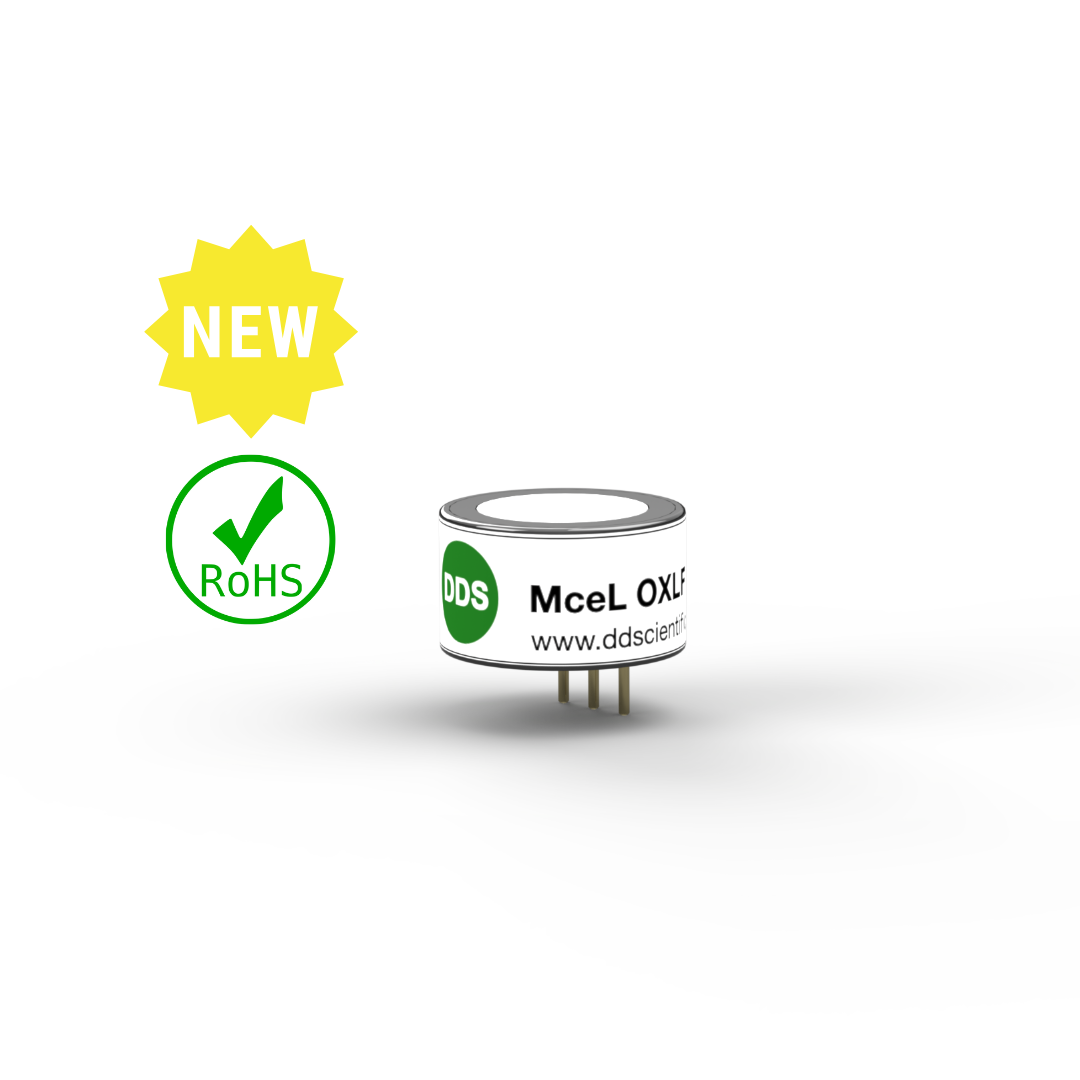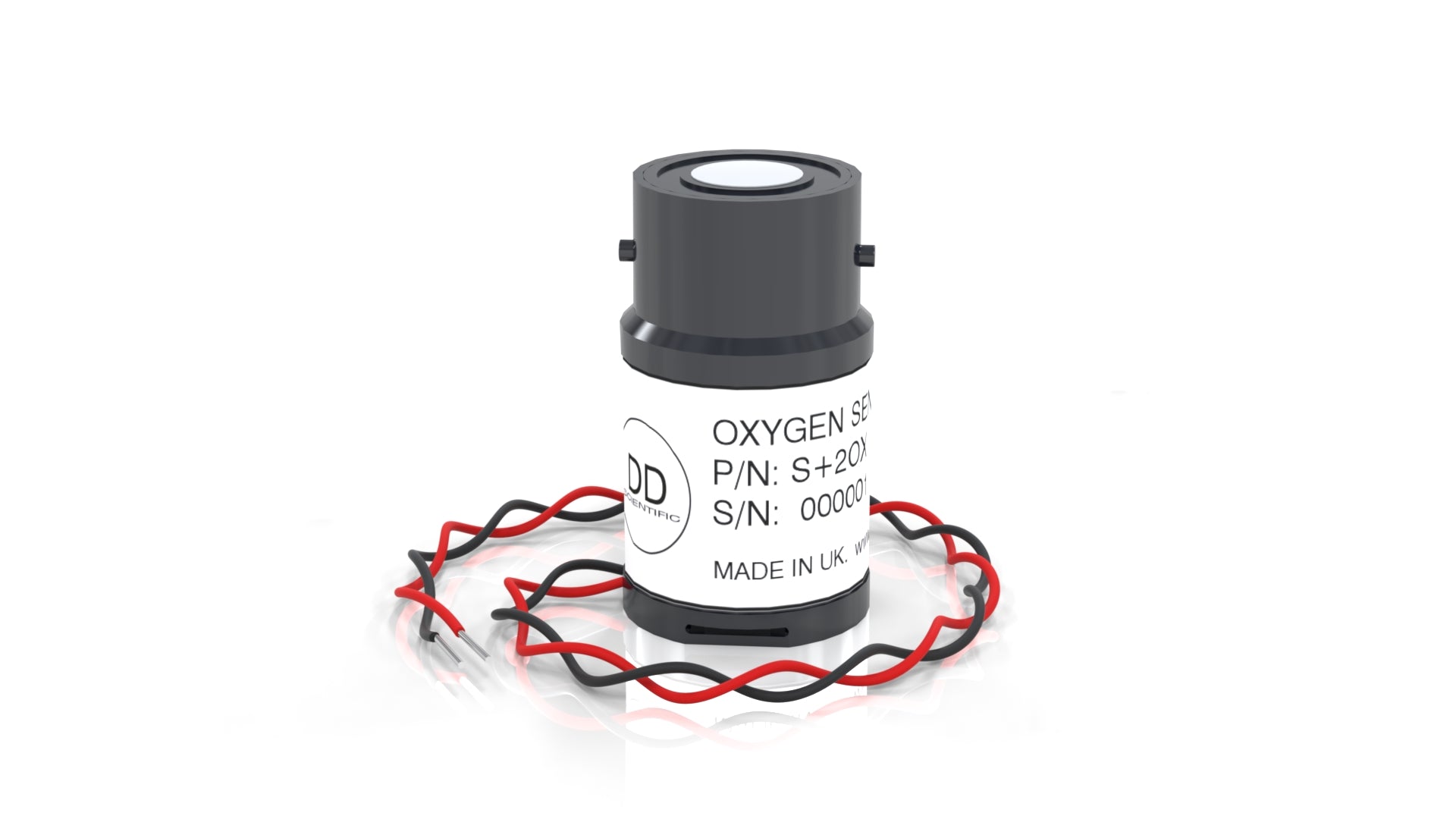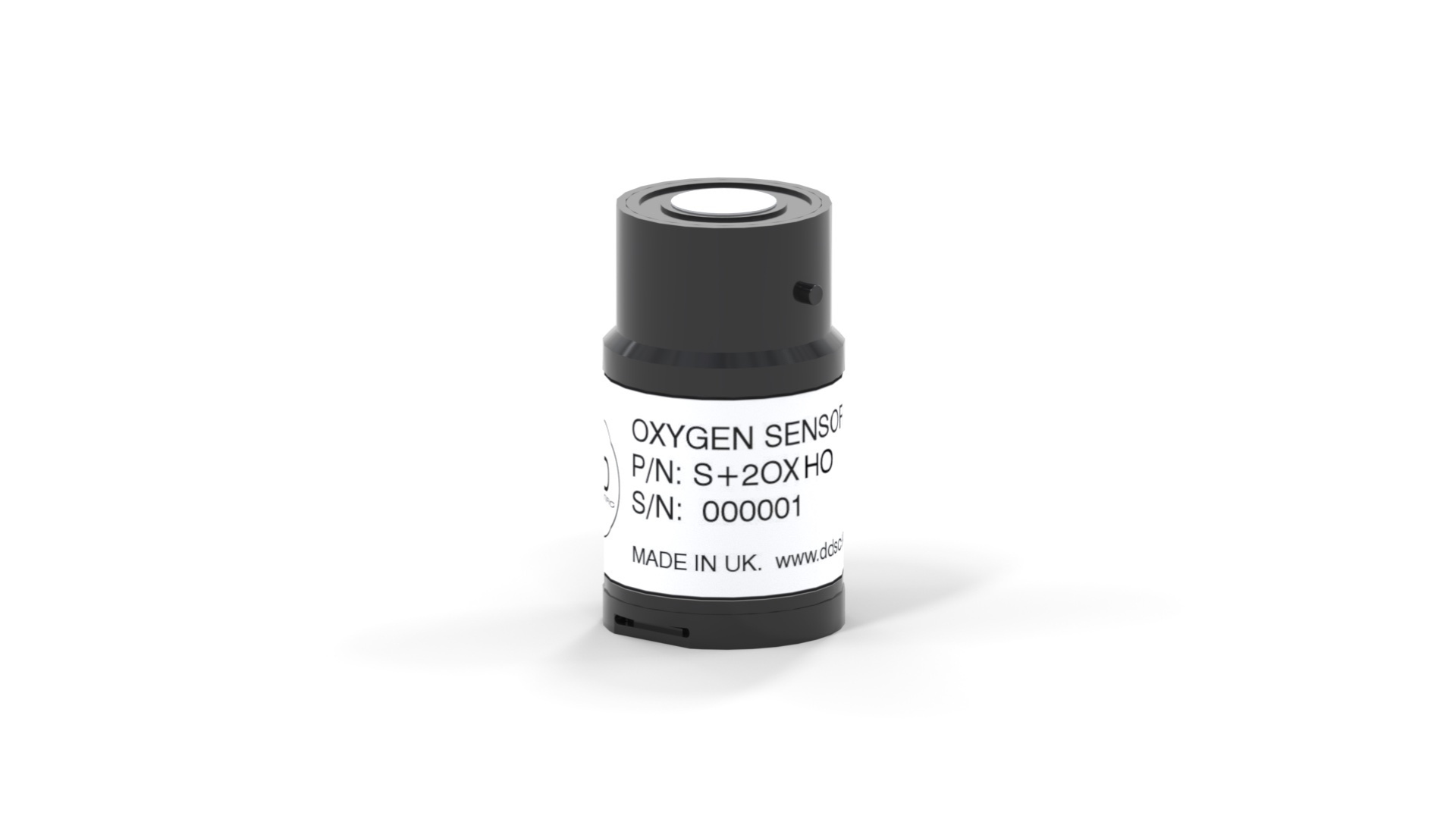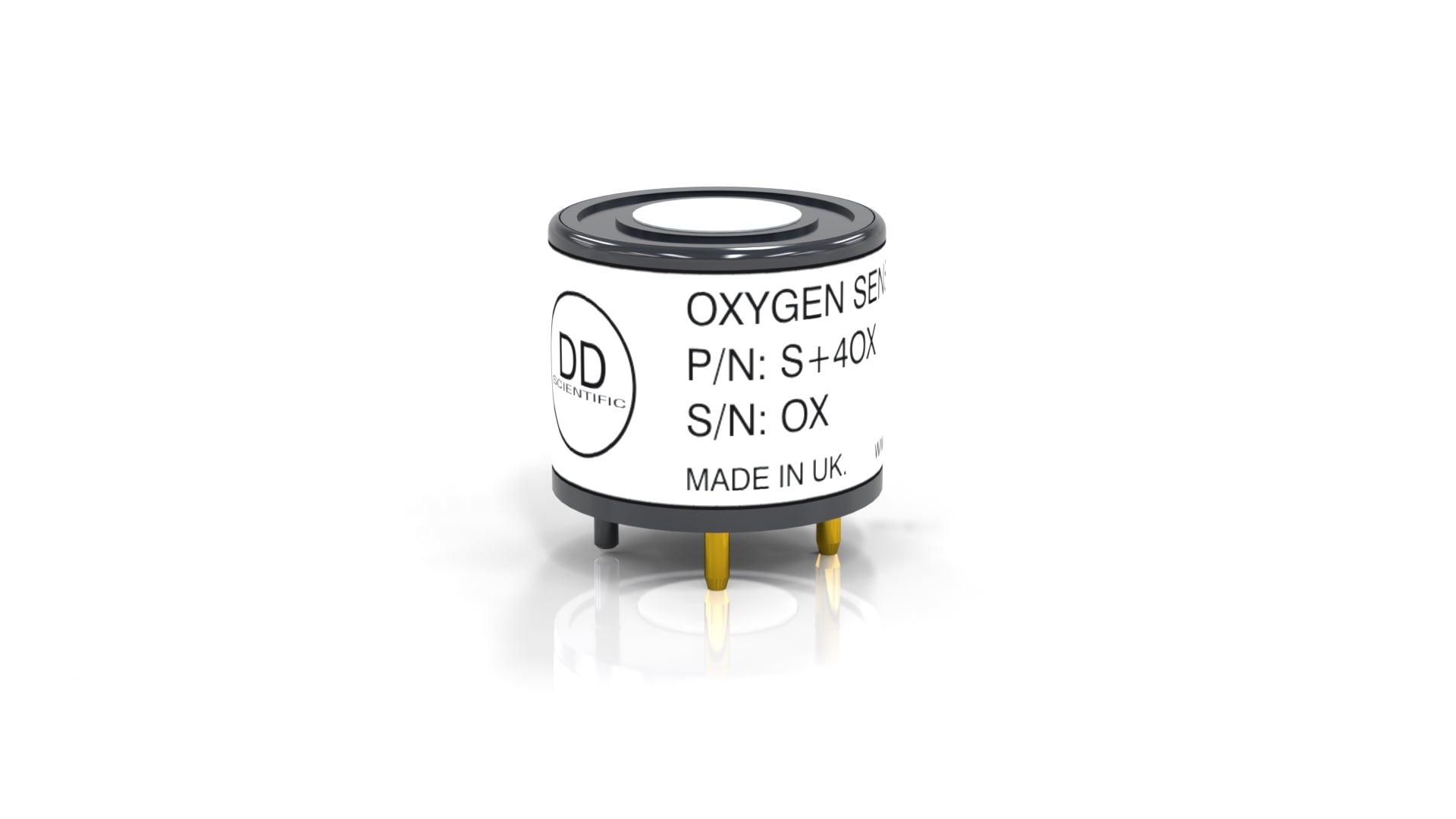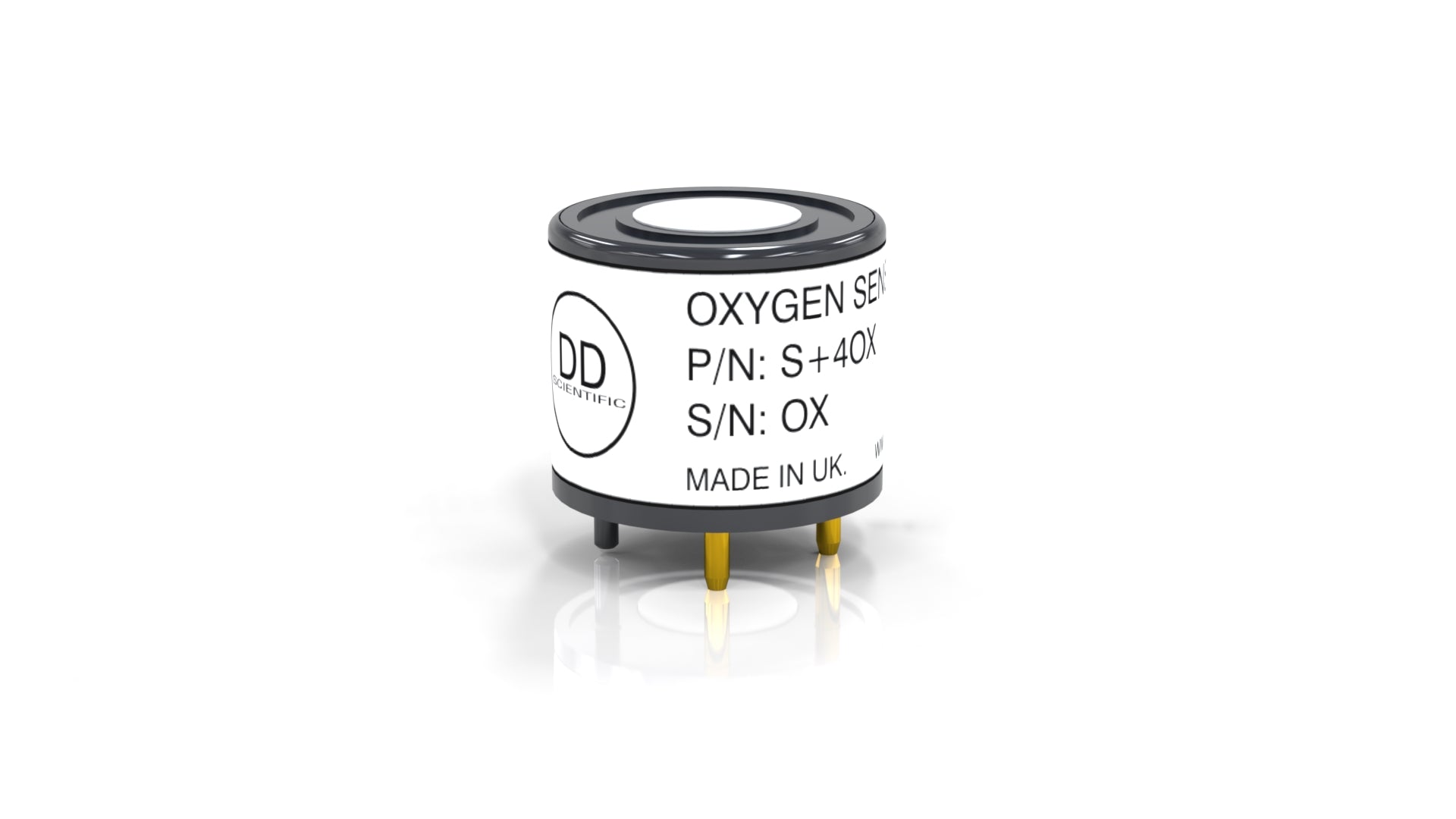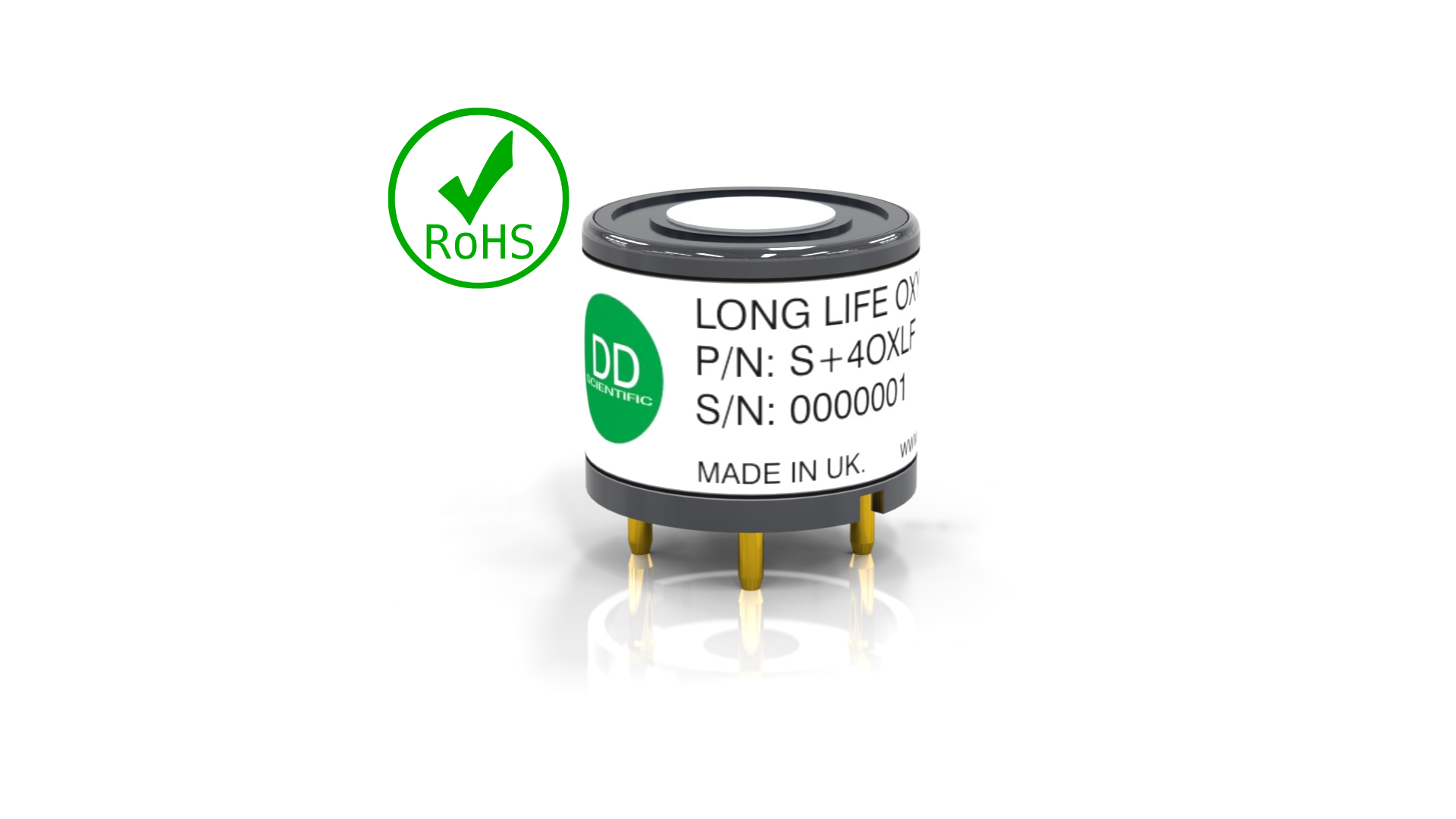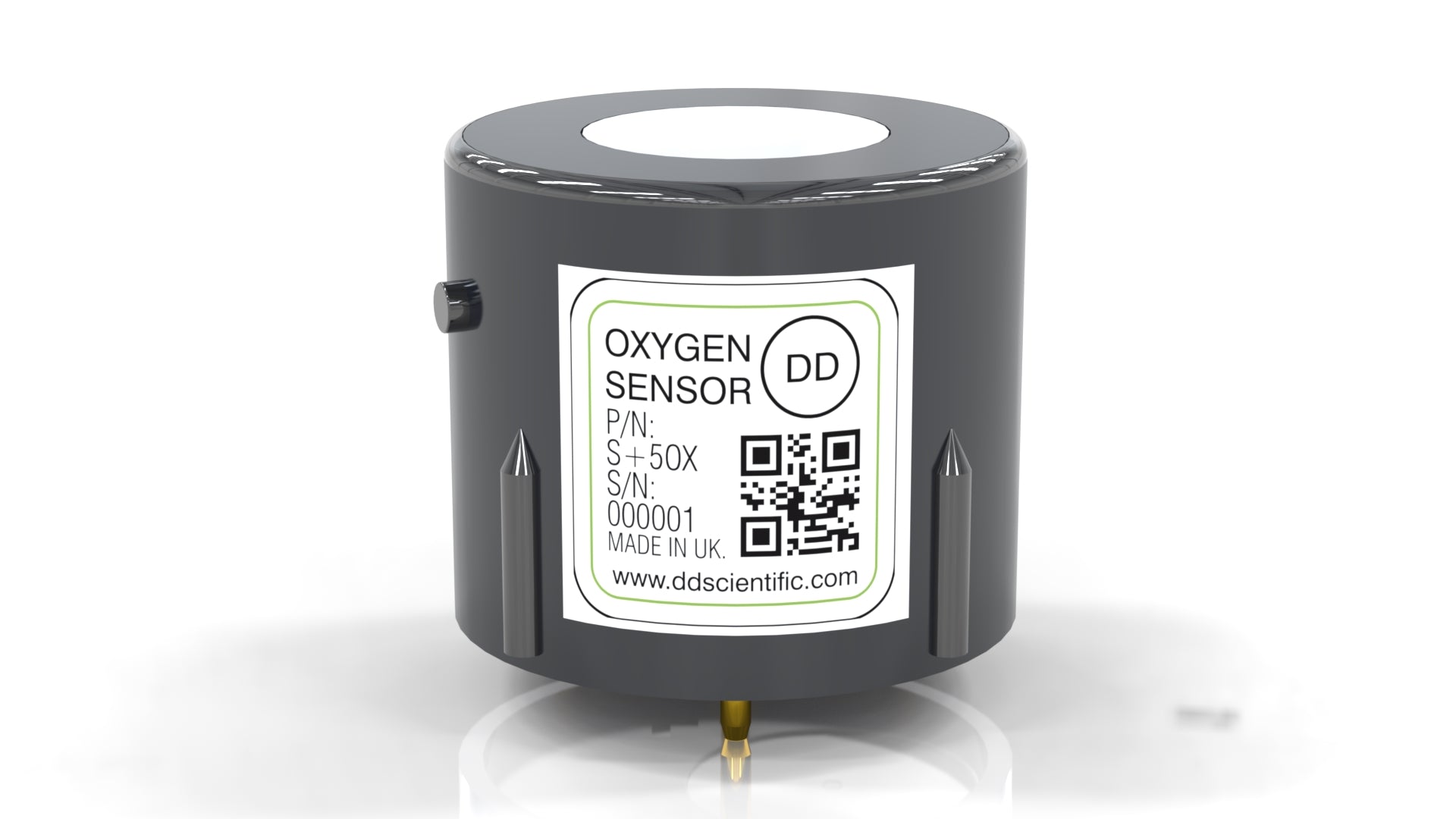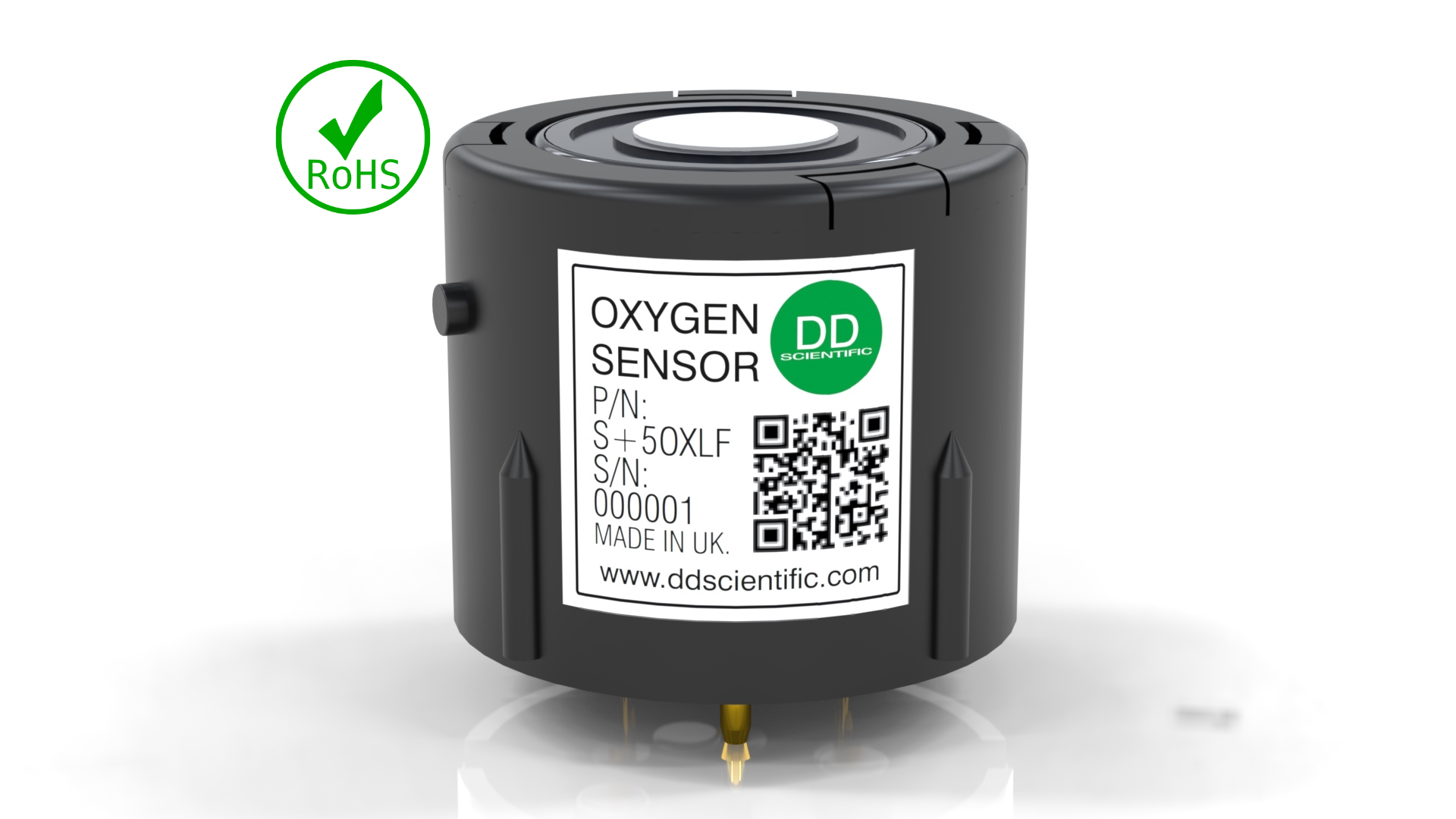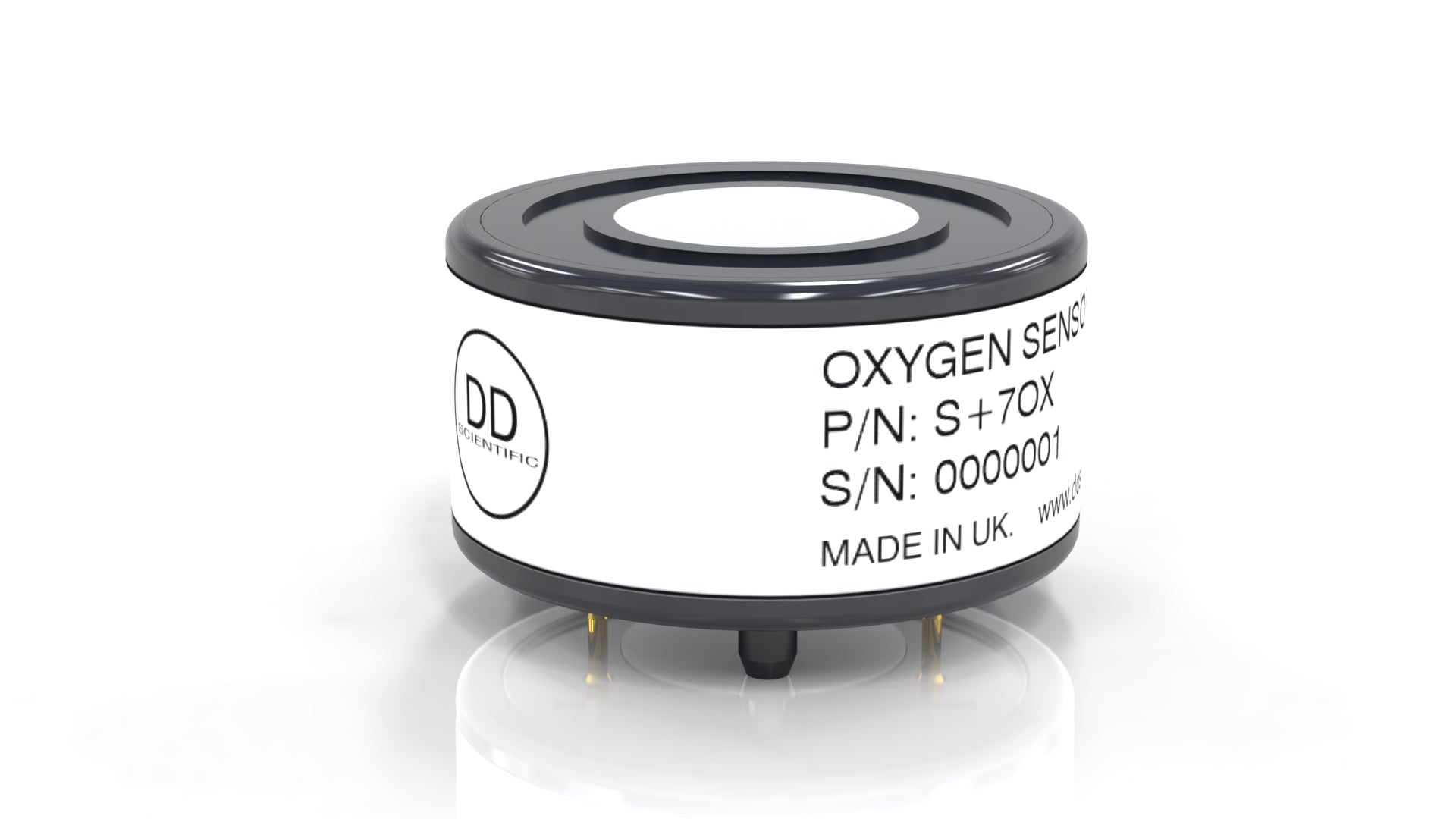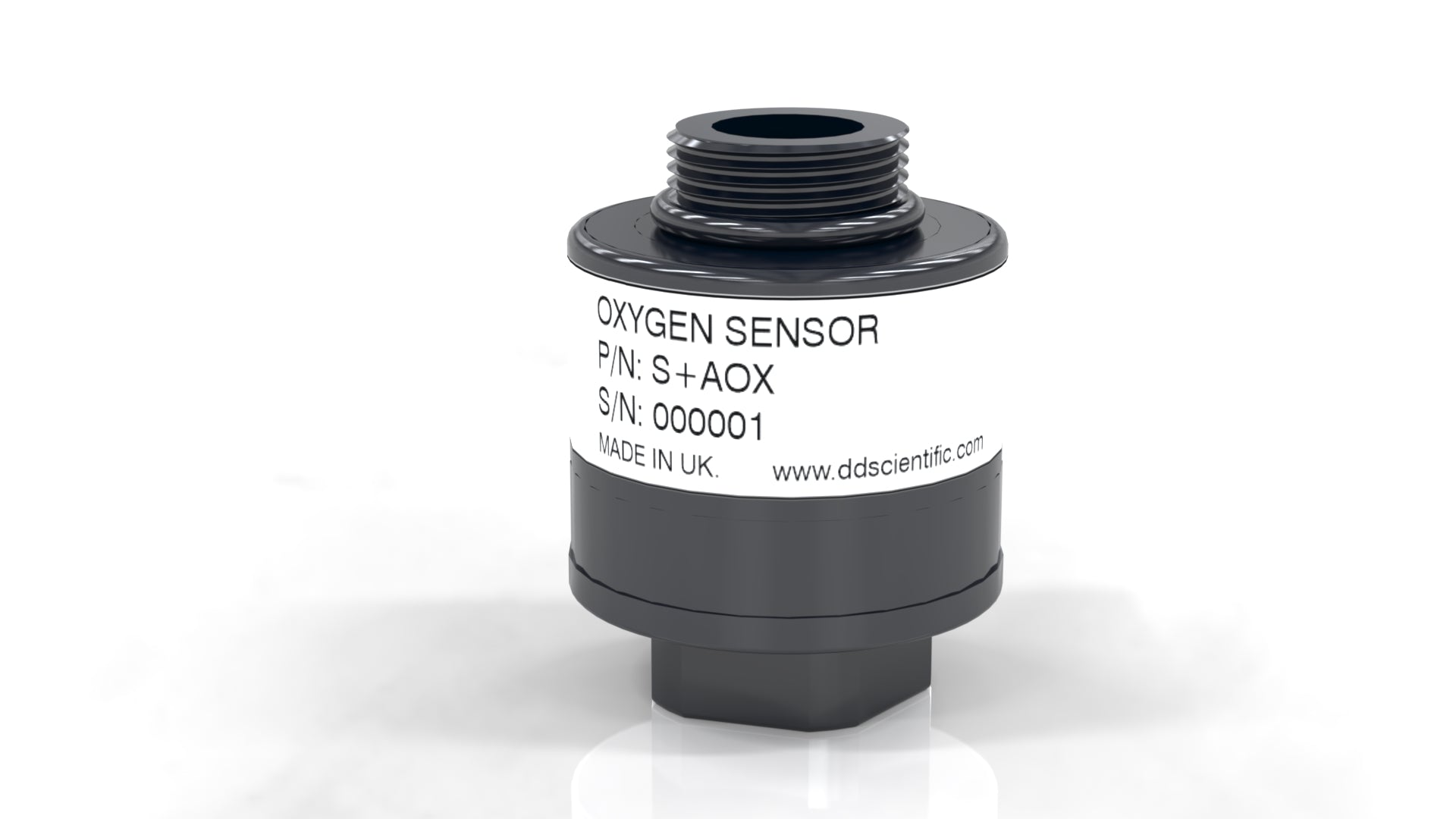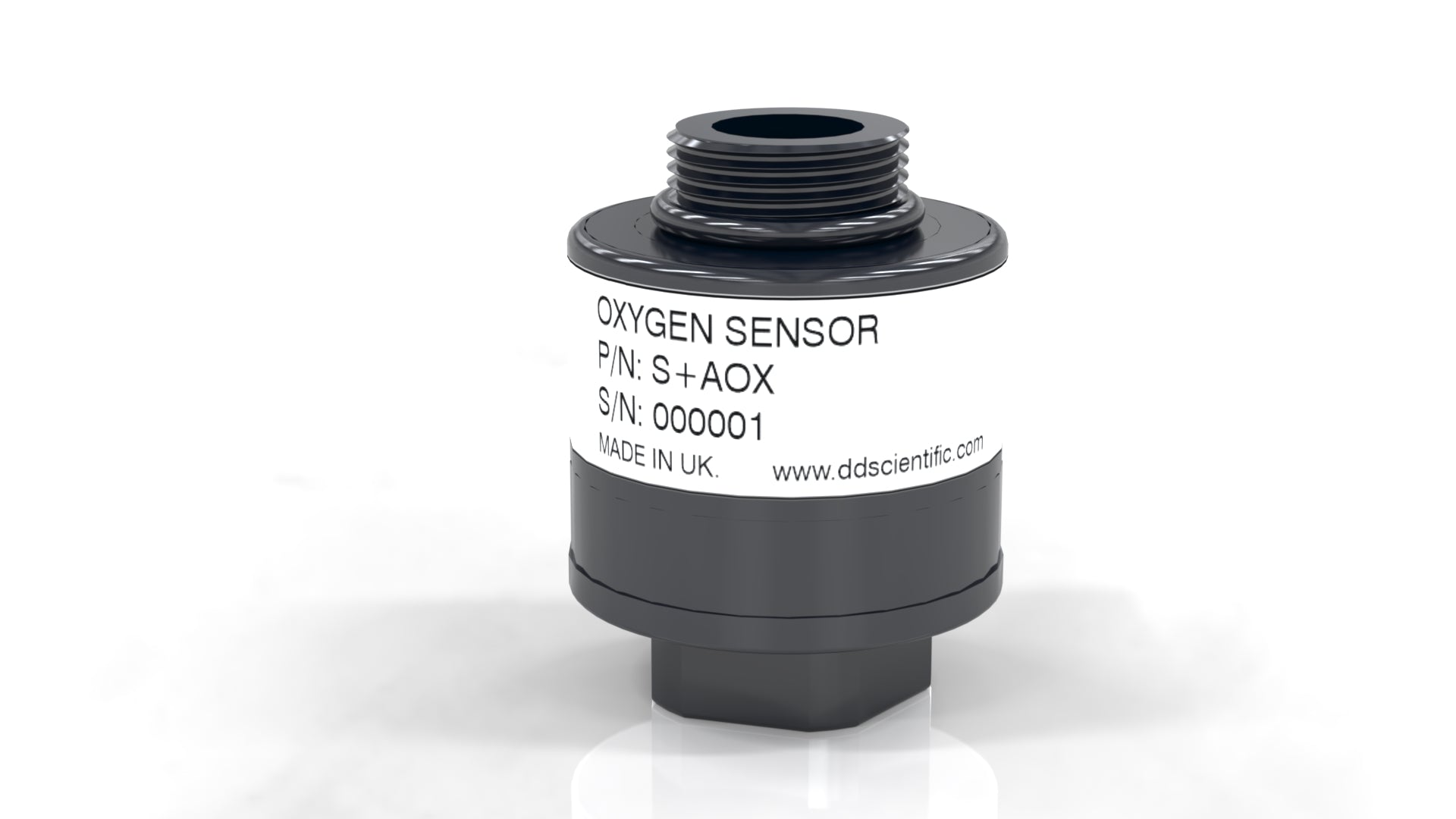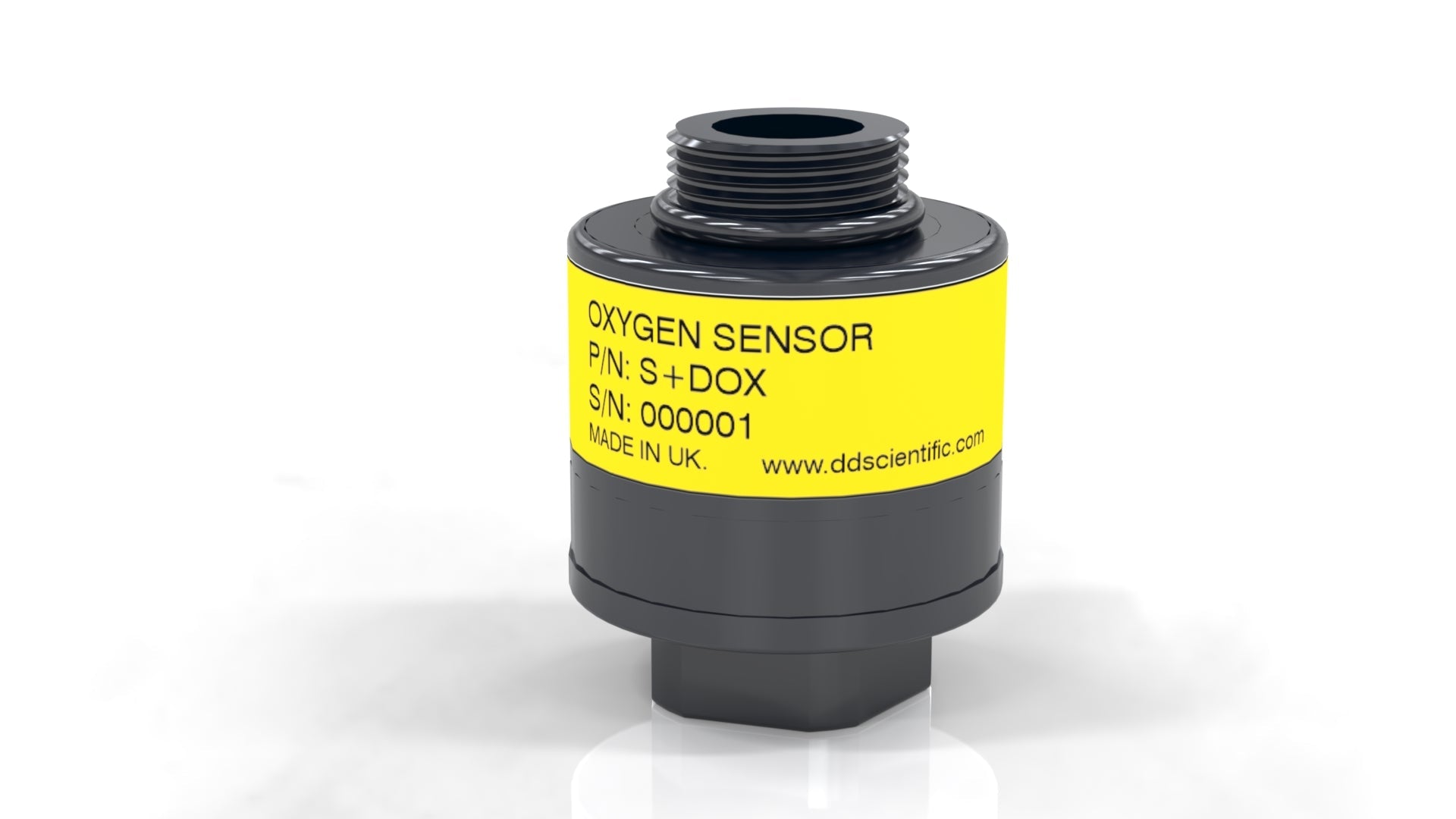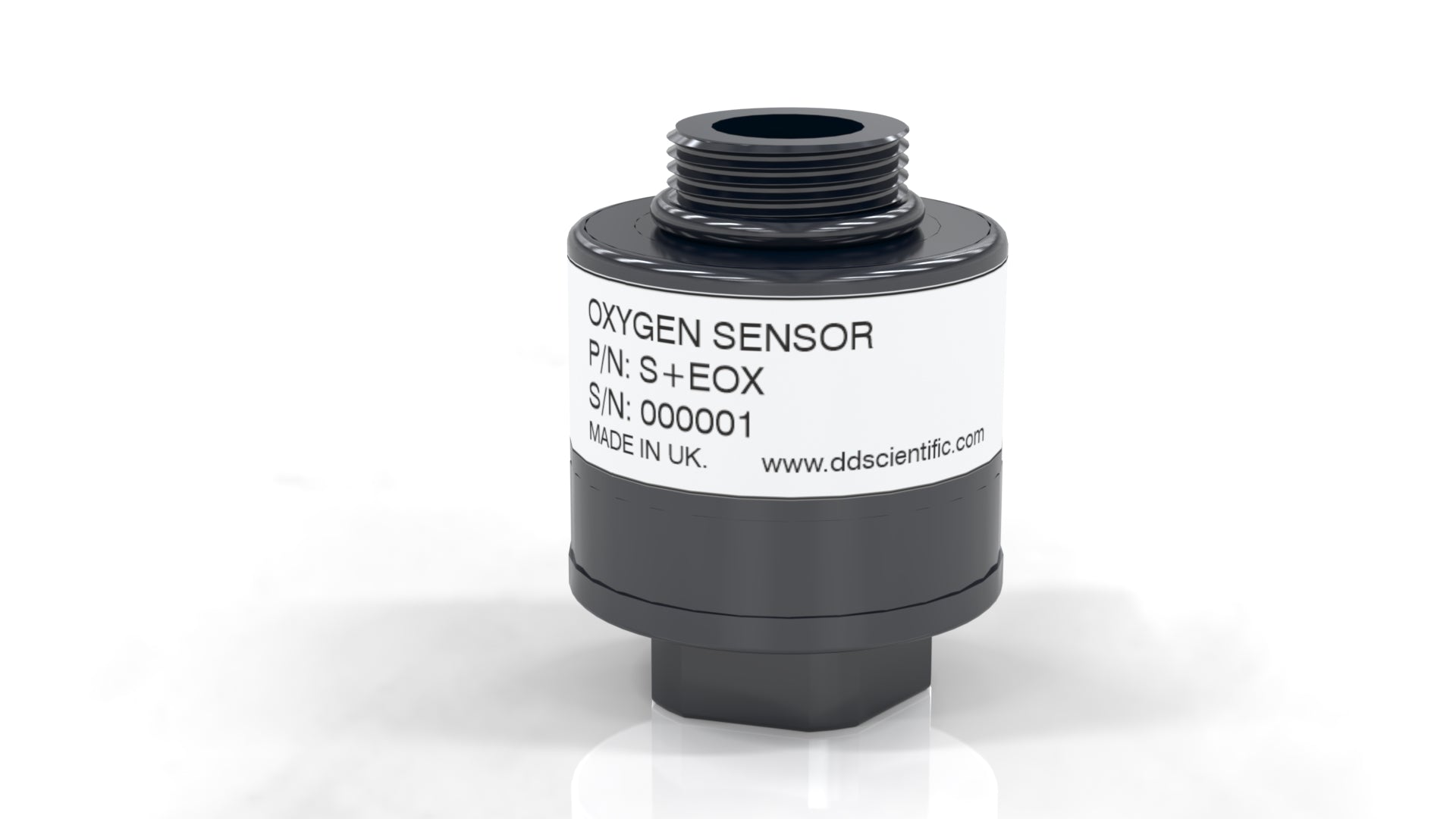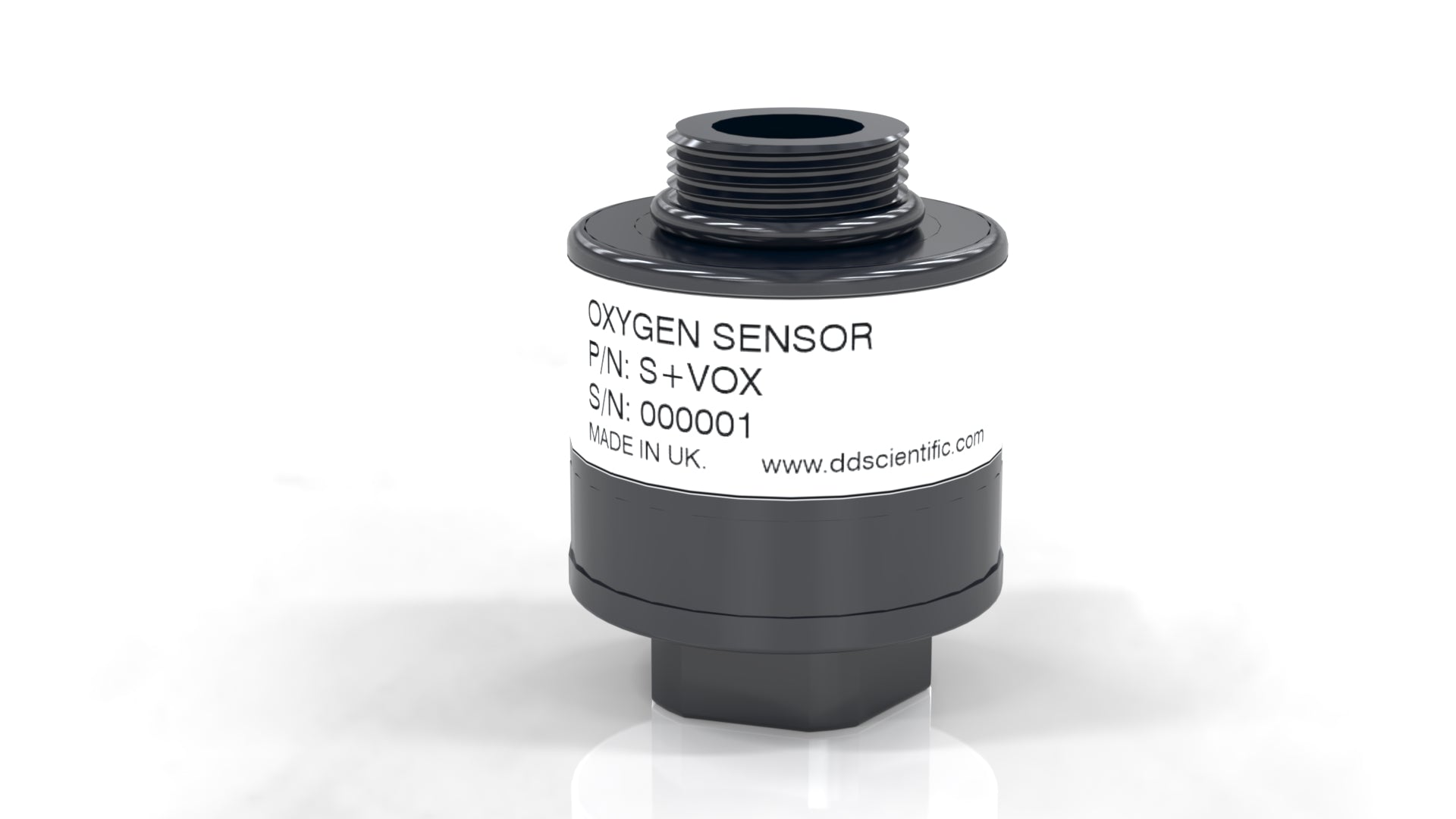What are the potential hazards associated with Oxygen (O2)?
Key gas hazards associated with Oxygen (O2) include:
Increases the risk of fire and combustion. Accelerates ignition and spread of fires, especially in confined spaces.
Occurs in poorly ventilated areas or confined spaces. Can lead to asphyxiation, dizziness, loss of consciousness, and death.
Results from exposure to high concentrations of oxygen. Can cause respiratory issues, vision changes, convulsions, and neurological symptoms. Addressing these hazards requires monitoring oxygen levels, ensuring proper ventilation, and providing adequate training on safety protocols.
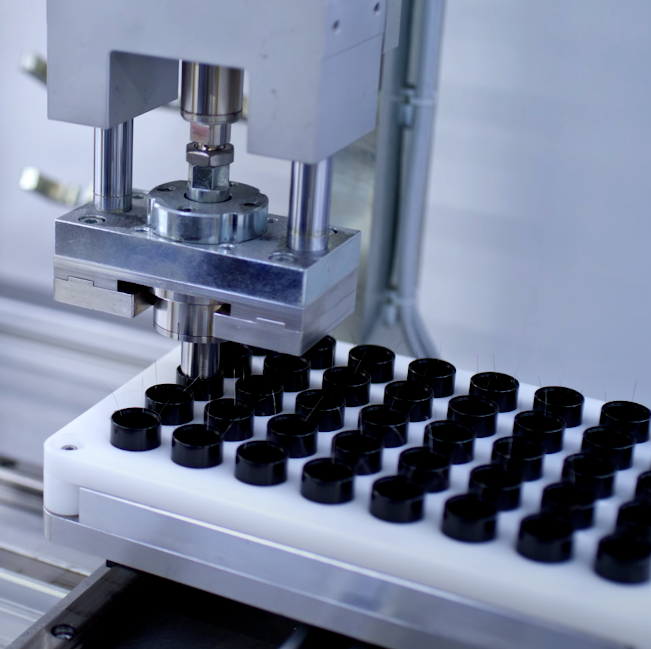
Mitigate risk with DD-Scientific
Understanding the potential hazards associated with O2 is vital to ensuring safe environments.
Mitigation of O2 related risks relies upon fast, precise and reliable detection, features DDS sensors are guaranteed to deliver.
If you can't find the sensor type you are looking for or need help with sensor selection don't hesitate to get in touch.


